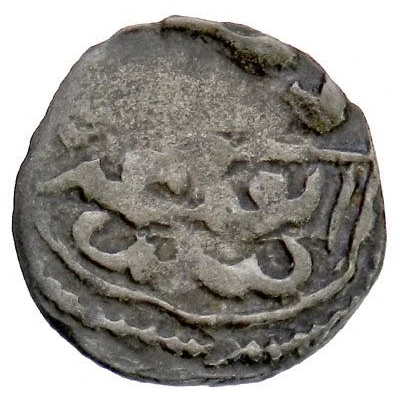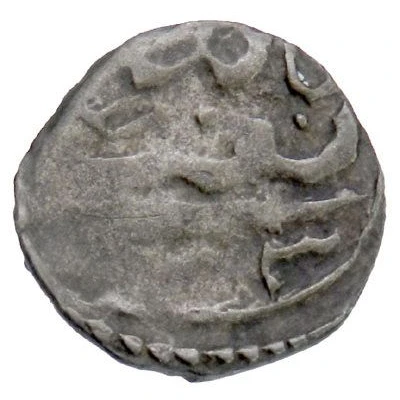


© Stephen Album Rare Coins
Para - Hamud
| Billon | 0.7 g | - |
| Issuer | Sheikhdom of Abu ʽArish (Yemenite States) |
|---|---|
| Type | Standard circulation coin |
| Years | 1222-1227 (1807-1812) |
| Calendar | Islamic (Hijri) |
| Value | 1 Para |
| Currency | Local Hammered Coinage (1802-1818) |
| Composition | Billon |
| Weight | 0.7 g |
| Shape | Round (irregular) |
| Technique | Hammered |
| Demonetized | Yes |
| Updated | 2024-10-09 |
| Numista | N#195814 |
|---|---|
| Rarity index | 97% |
Reverse
Script: Arabic
Comment
Weight varies: 0.55-0.70 gThe small city of Abu 'Arish, about 20 miles east of Jizan, was ruled by a local tribal sheikh, although like the coastal town of Jizan it was nominally under the Ottomans from the mid-16th century until 1917, though from time to time local sheikhs rebelled against the Ottomans. Although under the Wahhabi rule at the beginning of the 19th century, it was reclaimed by the Ottomans after Muhammad Ali Pasha's invasion of Nejd in AH1226/1810, but in AH1234/1818 it was seized by the Sulaymani Sharif's, only to be retaken by supporters of the Ottomans a few years later. This coin was probably struck during the 1810-1818 Ottoman "occupation", which more accurately meant that it was actually controlled by pro-Ottoman tribal leaders. The sheikhs struck their coins anonymously to protect their own position. Denomination conjectural.
Interesting fact
One interesting fact about the Standard circulation coin Para - Hamud 1222-1227 (1807-1812) from Sheikhdom of Abu ʽArish (Yemenite States) made of Billon weighing 0.7 g is that it features a unique blend of Islamic and local motifs in its design. The coin's obverse side features the name of the ruler, Sheikh Hamud, in Arabic script, while the reverse side features a stylized representation of a gazelle, which is a common motif in Yemeni coinage. This blend of Islamic and local elements reflects the rich cultural heritage of Yemen and the influence of Islam on the region's art and architecture.